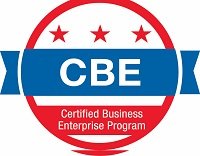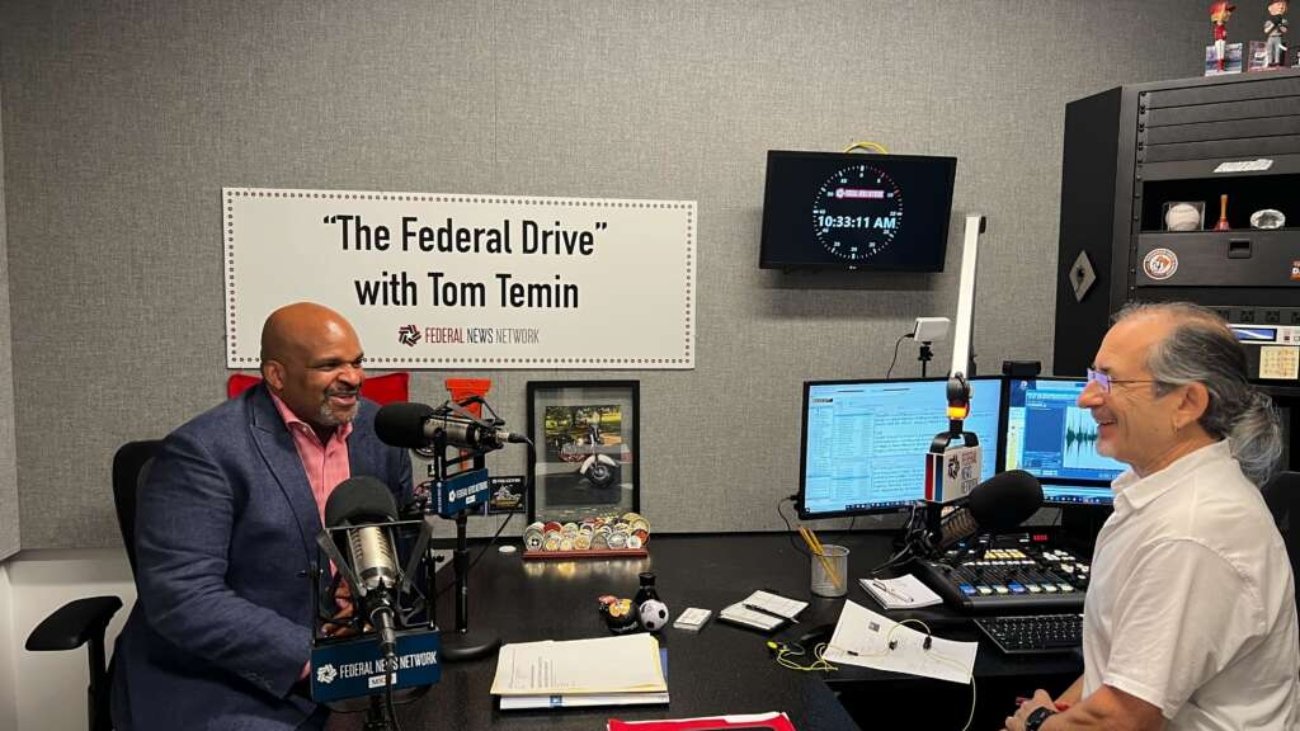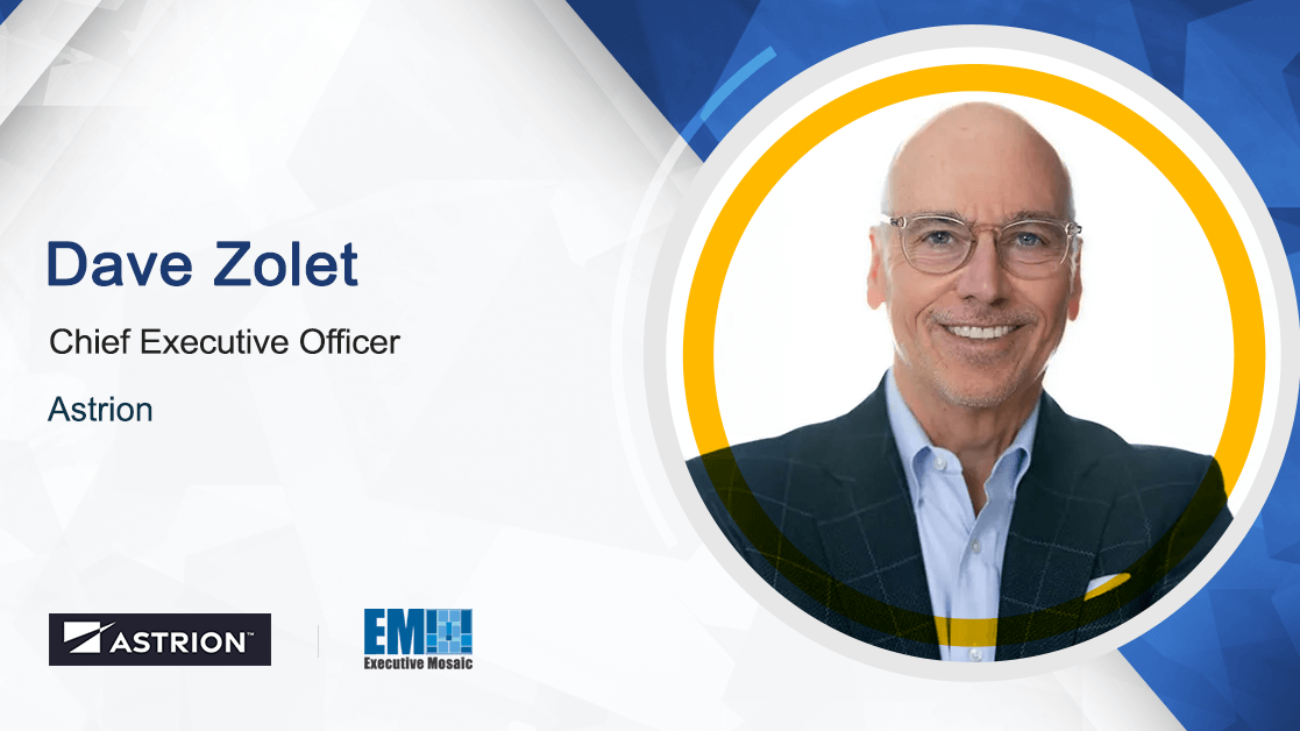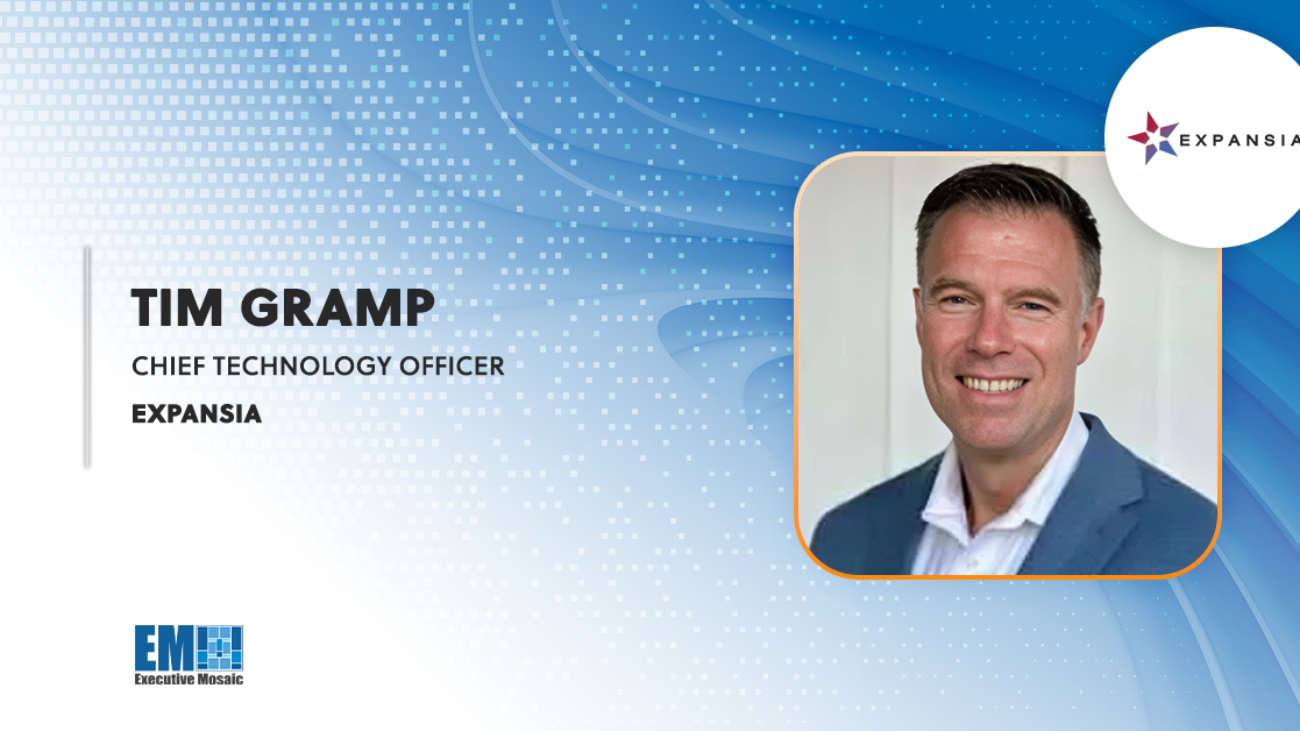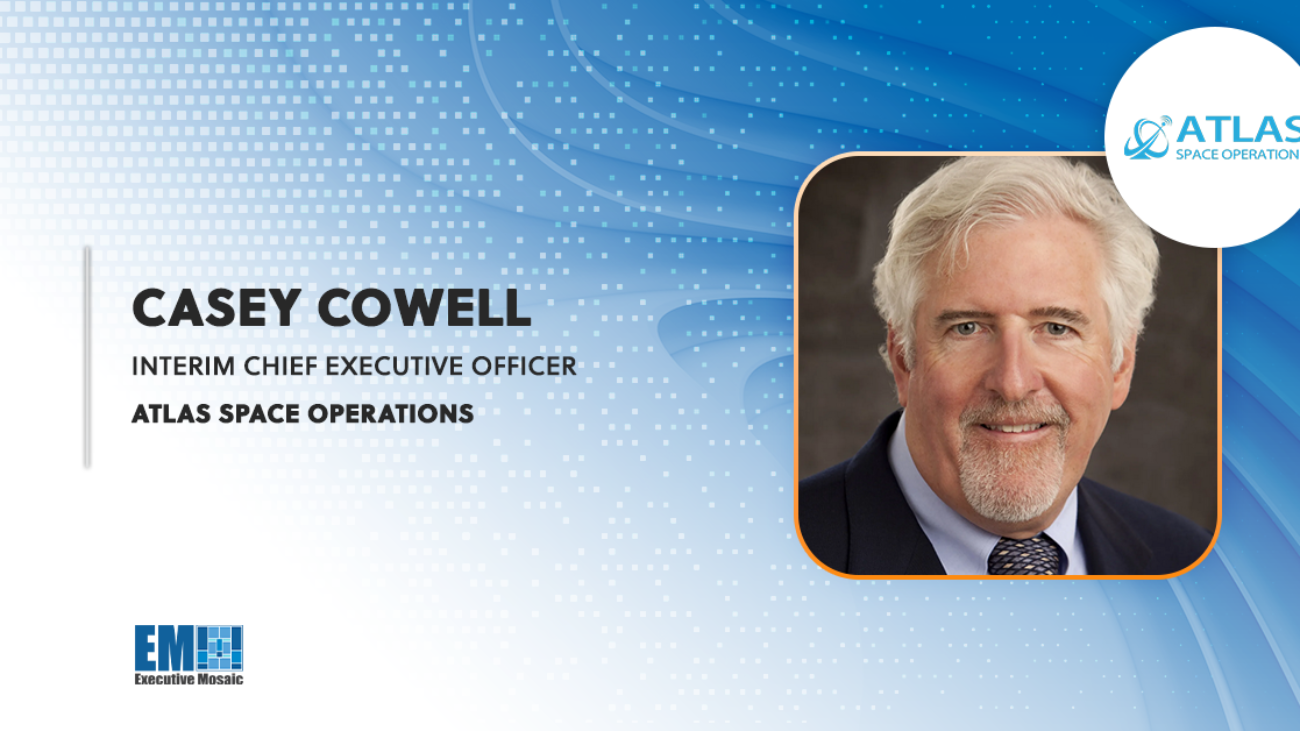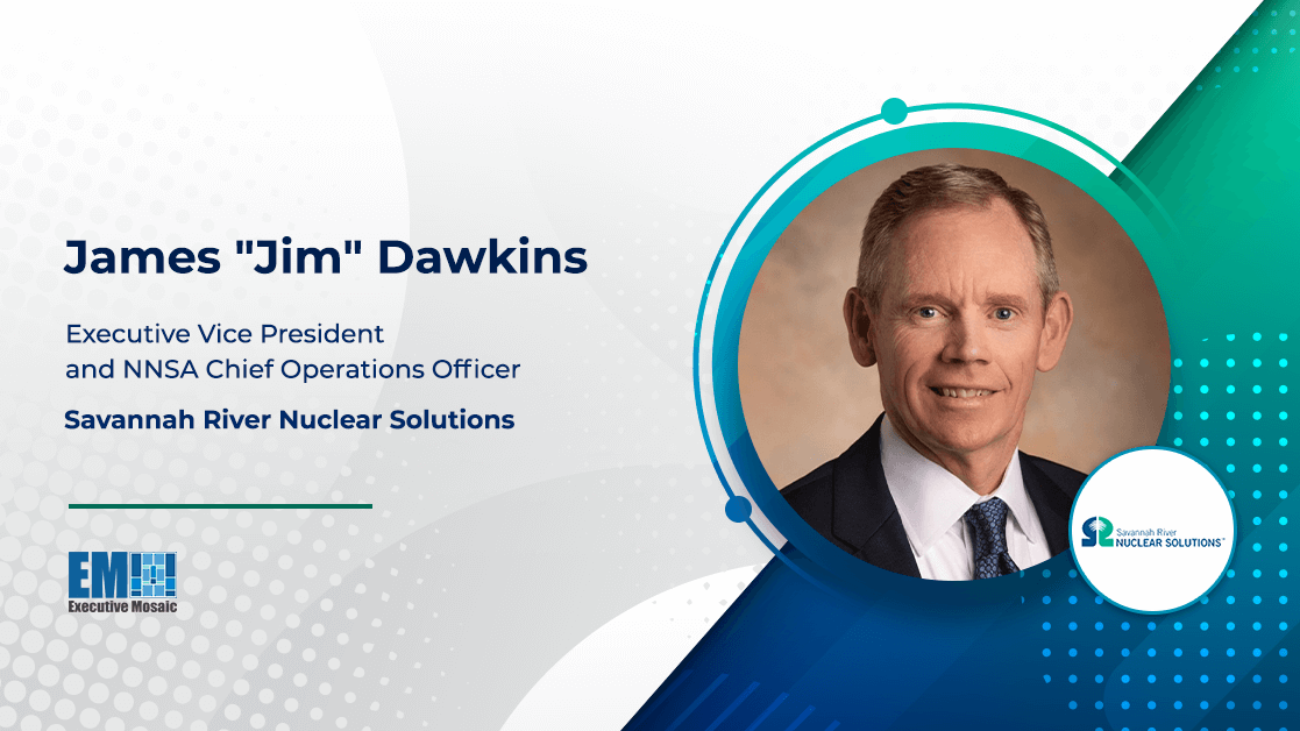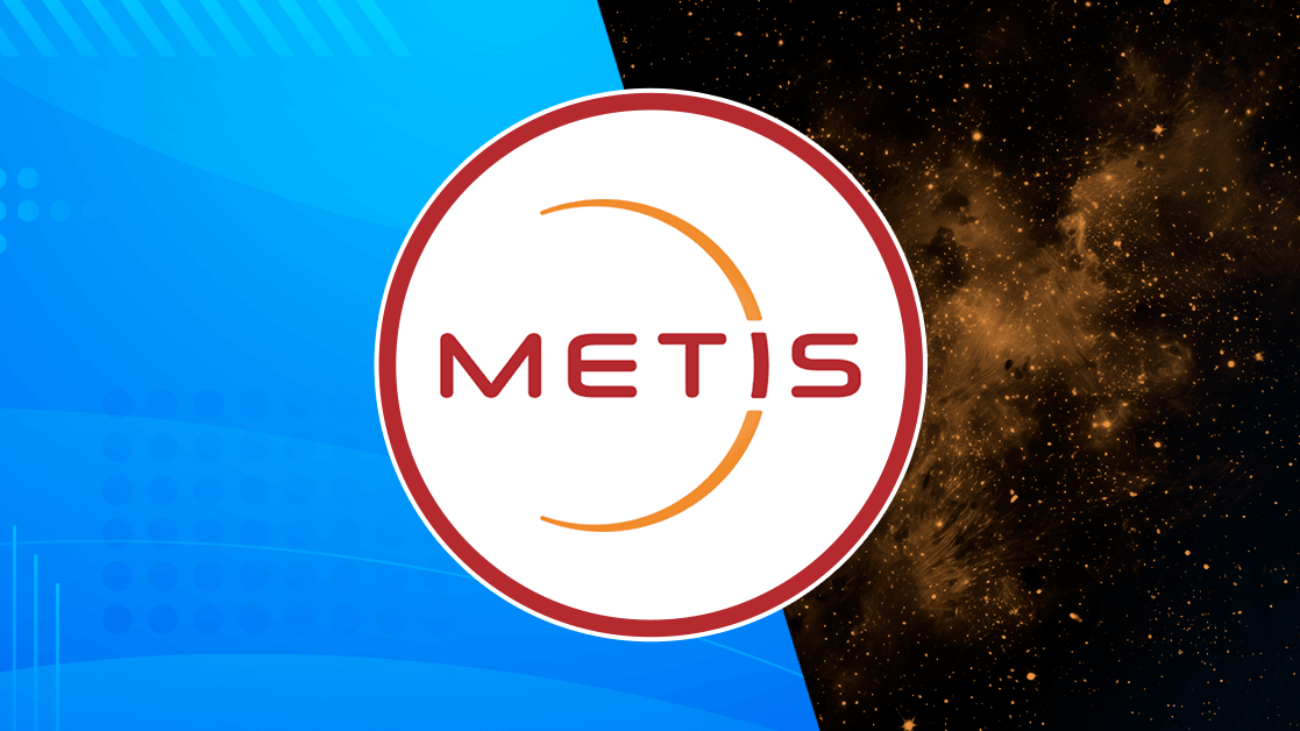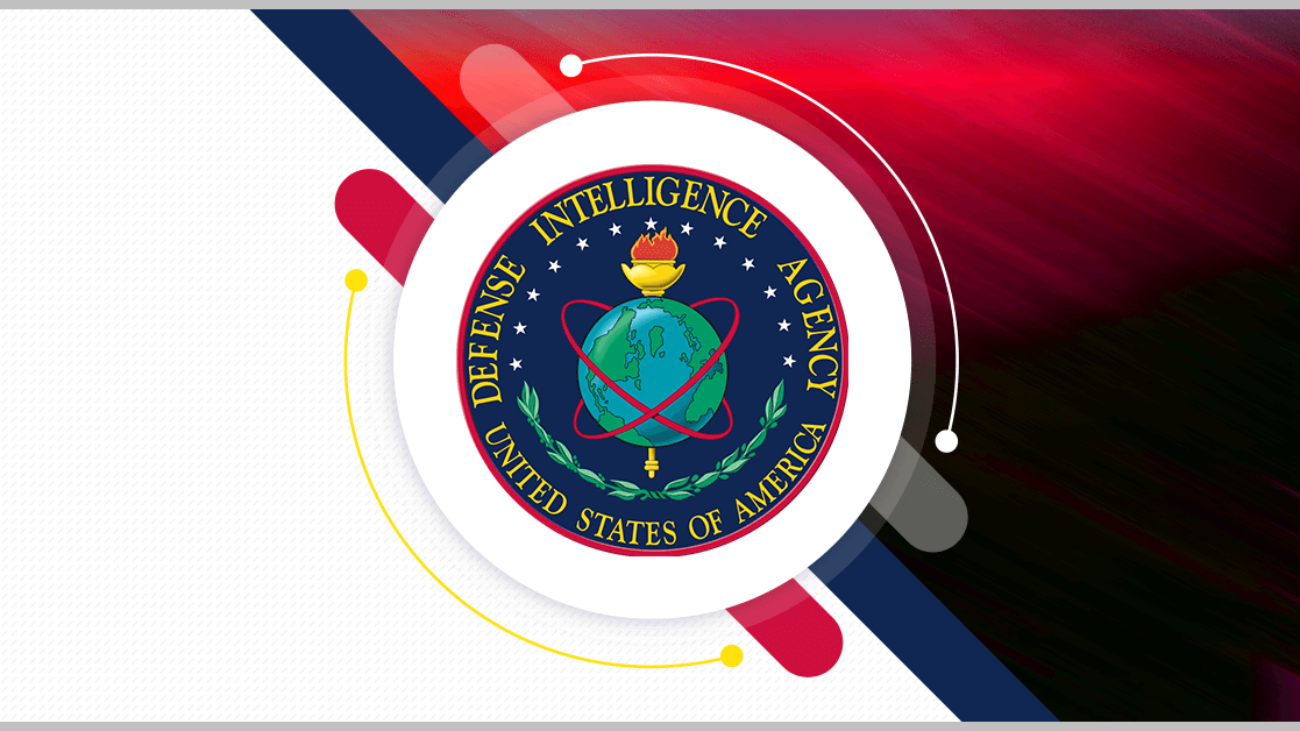The Army Corps of Engineers delivers critical public and military engineering services, whether it’s managing the waterways that keep the nation’s economy moving, restoring critical infrastructure when disaster strikes, building military facilities, or protecting wetlands and wildlife habitats. The Corps also delivers a wide range of IT services and capabilities to support its diverse missions.
The Corps manages thousands of software applications that support their mission customers. Dovarius Peoples, the corps’ former chief information officer who now serves as the General Services Administration’s deputy CIO, said the organization is in the midst of modernizing its major business systems, including its project management system, its financial management system, and its real estate management system.
“That’s just a few of the many systems that we’re modernizing, and they’re on the cloud journey,” said Peoples.
The Corps currently operates two main data centers—one in Vicksburg, Mississippi, and the other in Portland, Oregon—which house the Corps’ IT infrastructure and support its various operations. These data centers, however, experience frequent damage to physical cables due to car accidents and construction work, resulting in lost connectivity or degraded performance.
To address these challenges, the Corps is relocating these data centers to more optimal locations at Equinix data centers in San Jose, California, and Ashburn, Virginia. The move will centralize data operations and improve the Corps’ connectivity and resilience by positioning them closer to major cloud providers such as AWS and Microsoft Azure.
“From a Corps of Engineers perspective, we’re going through the various aspects of data center consolidation. We’re also going through app assessment as well as app rationalization, and we’re going through modernization. We are implementing various aspects of zero trust inside of our hybrid concept, and we’re focusing on that end state of being that of data but allowing our mission partners as well as our customers to be able to control some of that end state as well,” said Peoples.
The Corps plans to to complete its hybrid cloud implementation by the end of the fiscal 2025. Peoples said they expect to have their financial management system functioning within this new cloud environment by that time as well.
The transition to a hybrid cloud is in full swing, but the organization is carefully considering its data costs, specifically its expenses related to uploading and retrieving its data. The goal is to ensure the information is accessible when it’s needed while optimizing storage costs and keeping expenses under control.
“As we continue to evolve in our modernization journey, we’re applying those aspects as lessons learned to not repeat some of those things as it pertains to app refactoring, app migration, app assessment, as well as the data aspect from a storage perspective,” said Peoples.
Transitioning to a hybrid environment
From a mission readiness standpoint, moving to the cloud has allowed the Crops to have backup systems in place to ensure continuous operation in case of a failure.
It has also allowed the organization to avoid costs associated with hardware purchases through shifting to Software as a Service (SaaS) solutions where applicable.
As for the long-term strategy, however, Peoples said the Corps is considering whether there will ever be a need to shift back to on-premises solutions in the future.
“One of the things we’re keeping in mind as we begin to look at this, the question that a lot of technicians should be asking themselves is, how long will the cloud in a major cloud capability continue to be prevalent? Will we ever go back to this on-prem aspects of things?” said Peoples.
“From a Corps of Engineers perspective, that’s why we evolved. And we looked at this from a hybrid concept because there’s going to be a significant time where you’re going to have to bring those resources back on-prem. So from a budgeting perspective, we’re also looking at when that will happen or when that requirement will come into play. To avoid that, we’re taking a streamlined approach to identifying what can really be hosted inside of a pure cloud environment without any mission impacts, disruptions, or the requirement to bring those back on-prem at a certain point.”
Copyright © 2024 Federal News Network. All rights reserved. This website is not intended for users located within the European Economic Area.

